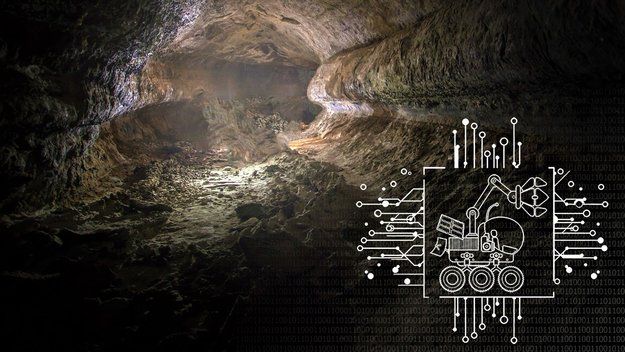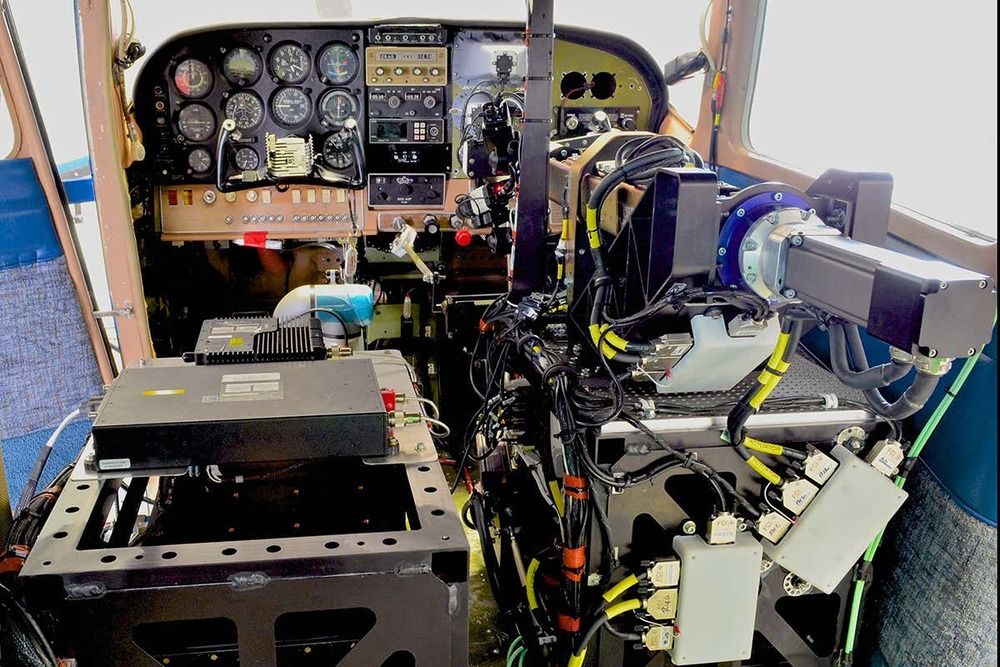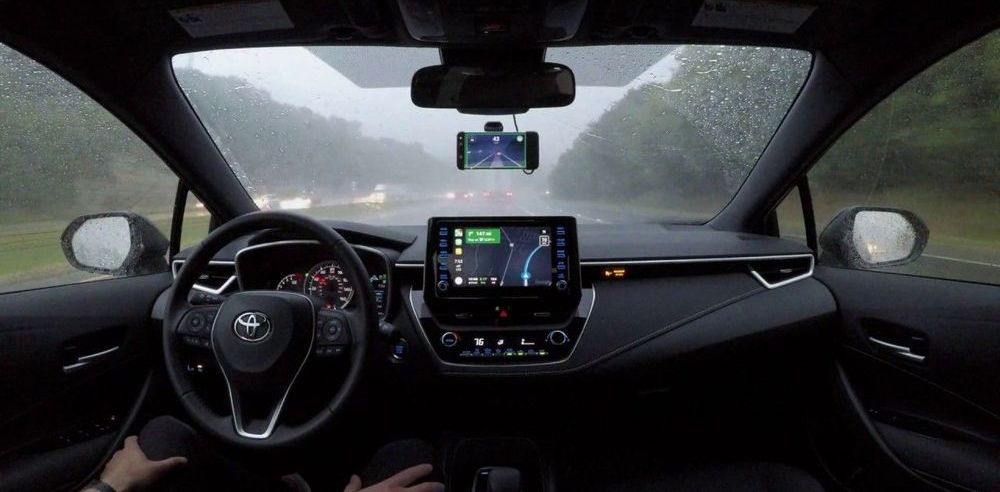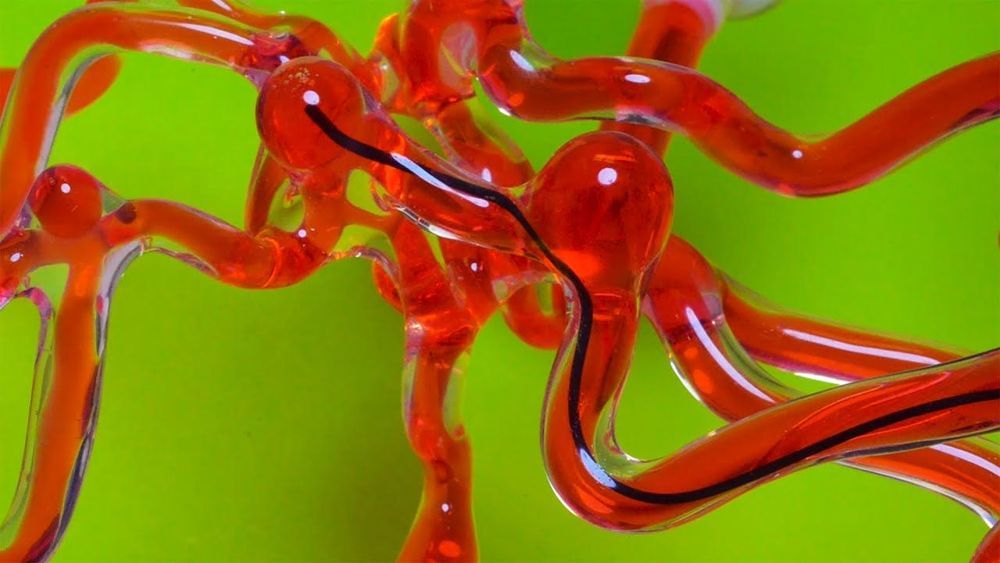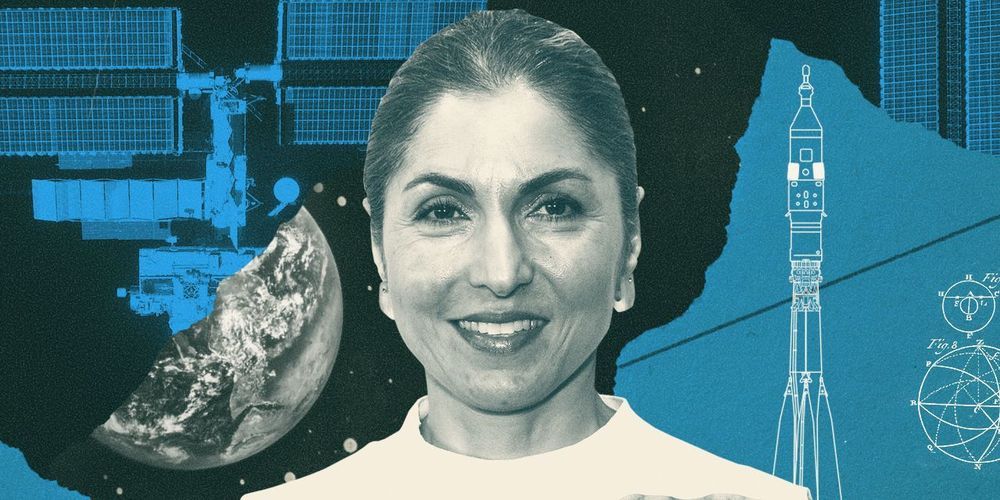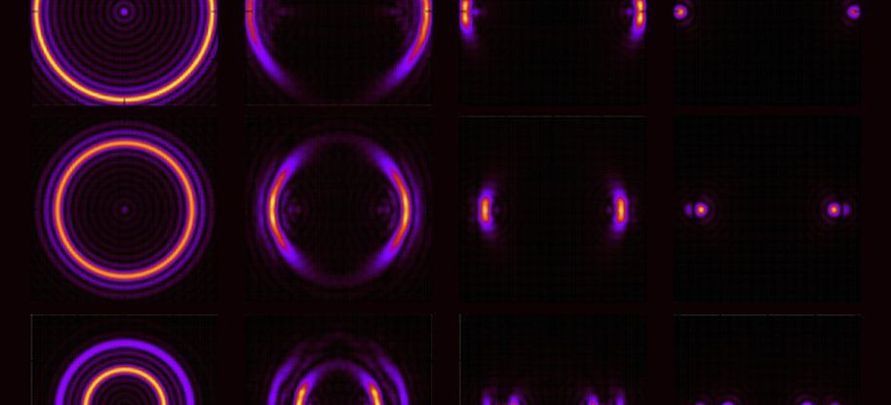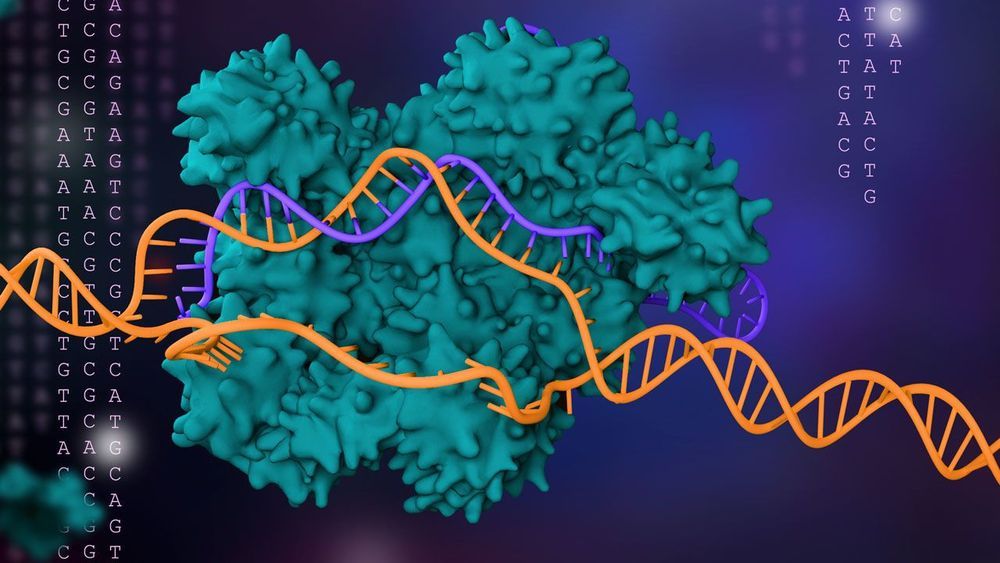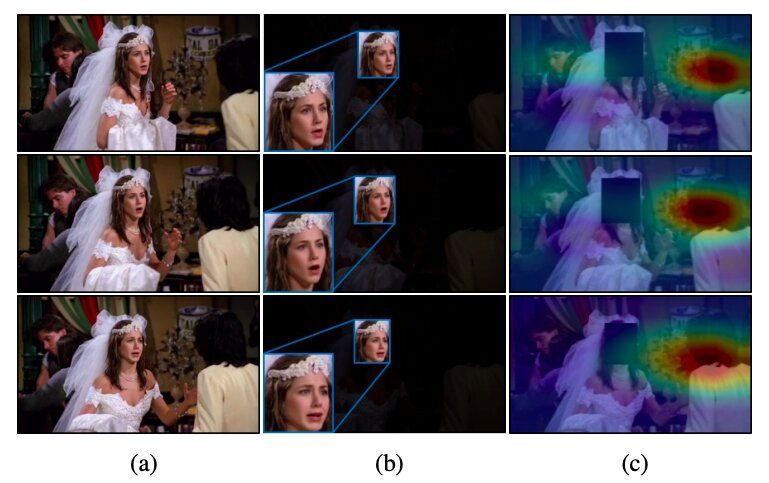Caves on the #Moon? This is a 100 m deep pit in the Sea of Tranquility, potentially an entrance to a tunnel system. We’re seeking innovative ideas for how to explore #lunar caves, via the Open Space Innovation Platform 👉 http://www.esa.int/Our_Activities/Preparing_for_the_Future/D…unar_caves (📷 NASA/GSFC/Ariz. State Univ.)
How would you design a system to detect, map and explore caves on the Moon? Our latest hunt for ideas is seeking novel initiatives that address this question.
While the surface of the Moon has been well-documented with cameras on board several satellite missions, relatively little is known about the presence and nature of subsurface cavities. In volcanic areas of the lunar maria, planetary geologists have identified pits that could be related to the collapse of cavities such as lava tubes – where lava once flowed under the lunar surface.
“Exploring and mapping these tubes could provide new information about the Moon’s geology, but they could also be an interesting option as long-term shelter for future human visitors to the Moon,” explains Franceso Sauro, Director of ESA’s PANGAEA planetary geology astronaut training. “They would shield astronauts from cosmic radiation and micrometeorites and possibly provide access to icy water and other resources trapped underground.”
